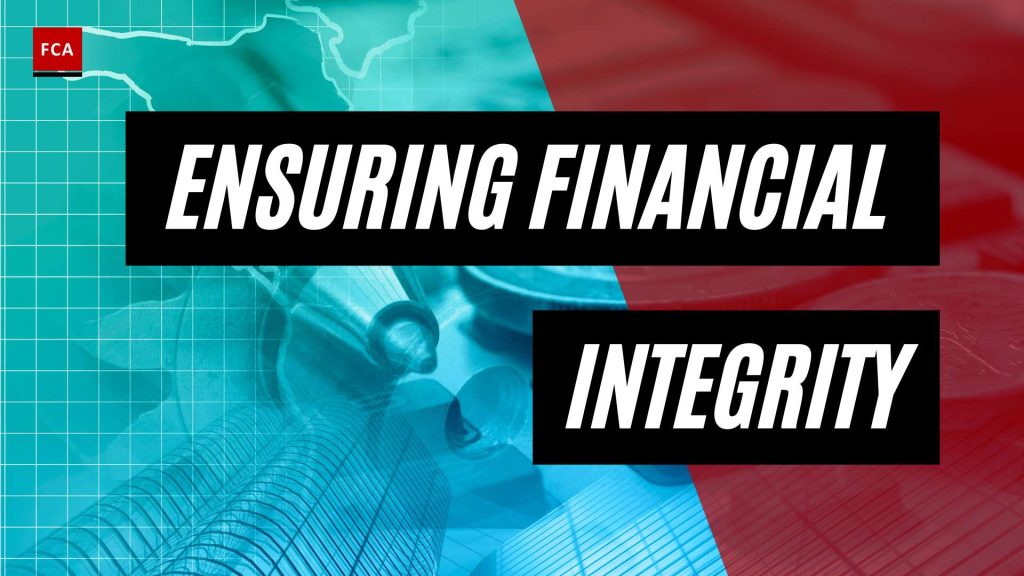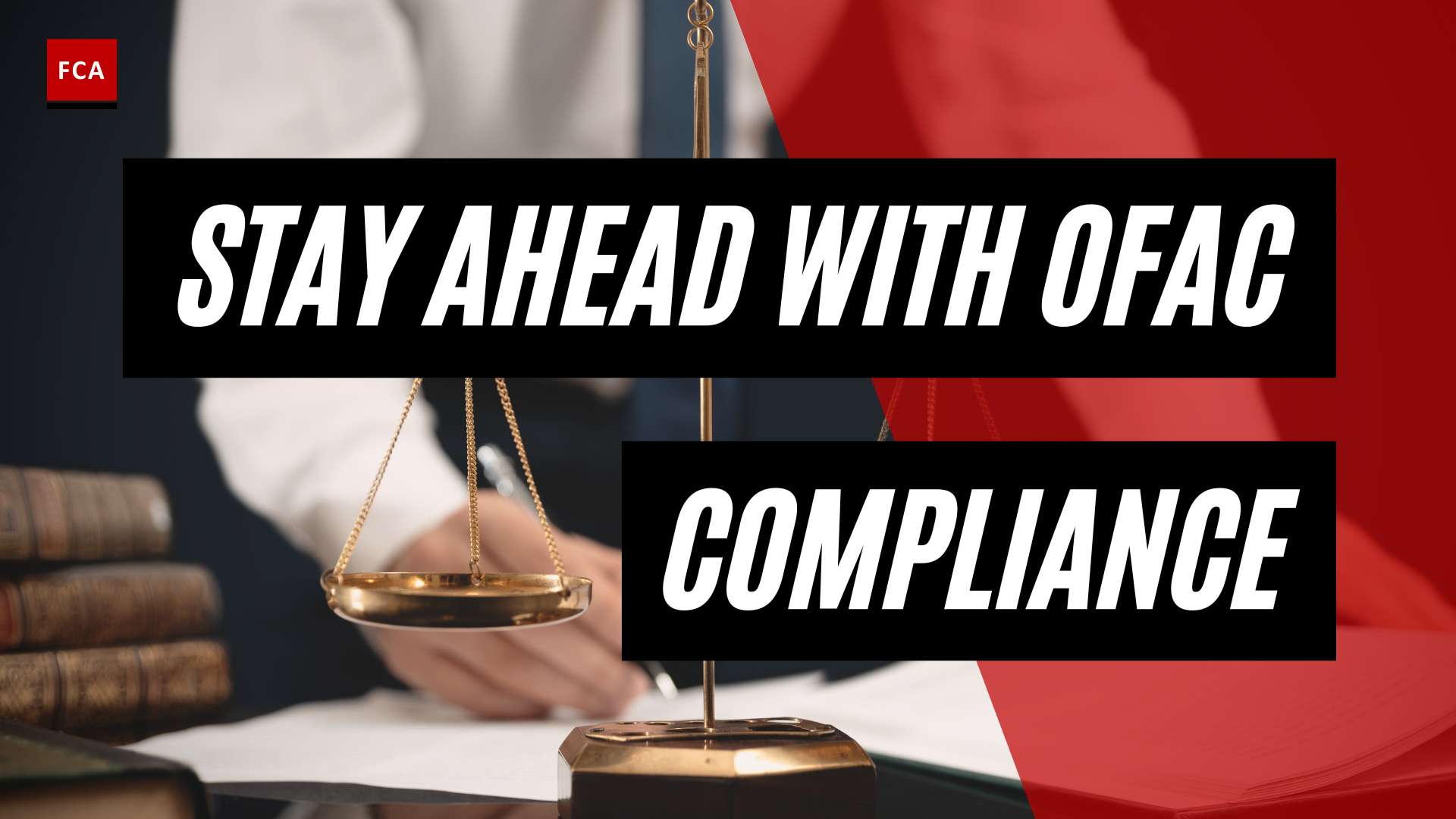Understanding AML Compliance
Anti-Money Laundering (AML) compliance has become a key focus for financial institutions worldwide. This section will define AML compliance, explain its importance, and discuss the consequences of non-compliance.
Definition and Importance of AML Compliance
AML compliance refers to the set of laws, regulations, and procedures designed to prevent criminals from disguising illegally obtained funds as legitimate income. Financial institutions are required to develop an AML compliance program to detect, prevent, and report money laundering activities.
The implementation of customer due diligence (CDD) procedures is one of the key requirements of an AML compliance program. CDD involves verifying the identity of clients and assessing the potential risks associated with a business relationship. This process is a crucial aspect of an AML compliance checklist and plays a fundamental role in preventing financial crime.
AML compliance is of paramount importance in preserving the integrity of markets and financial institutions. It deters criminal activity, protects institutions from financial and reputational damage, and promotes trust and confidence in the financial system.
Consequences of Non-Compliance
Failure to comply with AML regulations can result in severe consequences for financial institutions. These range from hefty financial penalties to imprisonment, reputational damage, and even business closure.
For instance, in 2020, the Financial Conduct Authority (FCA) fined Commerzbank London £37.8 million for failing to have adequate AML systems and controls in place. This case illustrates the stringent consequences institutions can face for non-compliance.
Furthermore, non-compliance can lead to the loss of business relationships and restricted access to banking services. These consequences can significantly disrupt a financial institution’s operations and profitability.
In light of these potential consequences, the importance of a robust AML compliance program cannot be overstated. It not only ensures regulatory compliance but also safeguards an institution’s reputation, financial health, and overall business operations.
Building an AML Compliance Program
Developing an effective AML compliance program is crucial for financial institutions to prevent various types of financial fraud and adhere to regulatory standards. This involves adjusting policy guidelines, strategy, internal operations, and monitoring processes under the guidance of competent AML Compliance Officers.
Key Elements of an AML Program
An AML compliance program should aim to quickly reveal actions connected to money laundering and report suspicions to a financial intelligence unit. Comprehensive written policies and procedures should be put in place to cover all AML compliance issues, emphasizing internal practices and detection systems to meet compliance standards (Flagright).
Key elements of an AML program should include:
-
Policy Guidelines and Procedures: These should include comprehensive documentation of the institution’s AML policies, procedures, and related controls. They should clearly articulate the institution’s stance on money laundering, its risks, and how to manage these risks.
-
Risk Assessment: Institutions should perform an ongoing assessment of the risks associated with money laundering and terrorist financing. This includes understanding and managing risks associated with customers, products, services, and geographic locations.
-
Training: Regular training sessions should be tailored to the roles and responsibilities of different employees, ensuring they understand and can implement the AML compliance program effectively (Flagright).
-
Monitoring and Testing: Continuous monitoring of transactions and communication is essential to ensure adherence to regulations. Independent audits should be conducted by third-party organizations every 12-18 months, or more frequently for institutions in high-risk areas.
For a comprehensive list of items to consider when crafting an AML program, refer to our AML compliance checklist.
Role of AML Compliance Officers
The Board of every financial institution should designate an AML Compliance Officer. This individual should be well-versed in AML regulations, capable of designing and implementing compliance programs, and responsible for keeping the Board and senior management informed of the organization’s compliance status (Lowers Risk Group).
The AML Compliance Officer’s responsibilities typically include:
- Developing, implementing, and maintaining the AML compliance program.
- Monitoring changes in regulations and ensuring appropriate changes are made to the institution’s policies and procedures.
- Ensuring that all employees receive adequate AML training.
- Conducting internal audits to ensure compliance with all AML regulations.
The role of the AML Compliance Officer is key to maintaining an effective AML program. For further information on the qualifications, responsibilities and training required for this role, visit our AML compliance certifications and AML compliance training sections.
Risk Assessment in AML Compliance
An integral component of any AML compliance program is risk assessment. Understanding risk assessment and conducting it effectively are key to maintaining a robust and compliant program.
Understanding Risk Assessment
Risk assessment is the crucial first step in developing a BSA/AML compliance program. Financial institutions are expected to evaluate the inherent risks in their business, including products and services, customers, and geographic locations. This evaluation helps in creating and maintaining an effective compliance program that fits their risk profile.
Risk assessments in the context of AML involve assessing the potential for money laundering and terrorist financing activities. This assessment provides relative scores that categorize risky customers into different threat levels. The level of due diligence required is determined by these assessments, which take into account factors such as high-risk countries, politically exposed persons (PEPs), due diligence reports, and ultimate beneficial owners (UBOs).
Understanding risk assessments is instrumental in implementing an effective AML compliance program and meeting AML compliance requirements.
Conducting Effective Risk Assessments
To conduct an effective risk assessment as part of an AML compliance program, several key steps should be followed:
-
Identify potential risks: These can be based on various factors such as customer behavior, transaction patterns, geographic location, and the nature of the products and services offered.
-
Assign risk scores: Based on the identified risks, assign relative scores to categorize customers into different threat levels.
-
Determine the level of due diligence required: The level of due diligence is determined by the risk assessment. High-risk factors such as dealing with PEPs, high-risk countries, or complex corporate structures might necessitate enhanced due diligence procedures.
-
Regularly review and update the risk assessment: Risk assessments should not be a one-time activity. They should be regularly reviewed and updated to reflect changes in the institution’s risk profile.
By understanding risk assessment and conducting it effectively, a financial institution can significantly enhance its AML compliance program, better manage its risk, and prevent potential regulatory breaches. For more guidance on AML compliance, refer to our AML compliance checklist.
Implementation of AML Compliance Measures
Once a comprehensive AML compliance program is in place, it is crucial to implement measures to ensure adherence. These measures include implementing effective internal controls and conducting independent audits. Both of these components are key for maintaining the integrity of an AML compliance program.
Internal Controls for AML Compliance
Internal controls in an AML compliance program are meant to evaluate the policies, procedures, and processes of financial institutions to ensure AML compliance. This review includes both personnel and structural elements and mandates clear internal responsibilities, adherence to secure standards, and appropriate record-keeping practices (Lowers Risk Group).
A significant part of these internal controls is continuous monitoring and testing. This involves regular checks to ensure that the existing controls are effective and are being adhered to. Continuous monitoring is necessary to identify any potential risks or breaches in compliance, allowing for corrective action to be taken promptly.
The Board of every financial institution should designate a BSA/AML compliance officer who is well-versed in BSA/AML regulations, capable of designing and implementing compliance programs, and responsible for keeping the Board and senior management informed of the organization’s compliance status (Lowers Risk Group).
For a comprehensive list of actions to take for compliance, please refer to our AML compliance checklist.
Independent Audits for AML Compliance
Independent, third-party audits are another crucial part of an AML compliance program. These audits should be scheduled every 12 to 18 months, with possibly more frequent audits for higher-risk financial institutions.
These audits are meant to provide an objective evaluation of the AML compliance program, identifying any potential weaknesses and suggesting improvements. The audits should be responsive to the organization’s risk profile and embedded in the risk management system, with significant findings reported directly to top management (Flagright).
Independent audits can provide reassurance that the AML compliance program is effective. They can uncover any areas of non-compliance, allowing for prompt remediation. For more information on compliance audits, please refer to our AML compliance requirements.
Applying these measures in implementing an AML compliance program will help financial institutions to detect and prevent fraud, as fraudsters often utilize money laundering techniques to conceal the proceeds of illegal activities. This makes an AML compliance program a critical component in maintaining financial integrity.
Role of Technology in AML Compliance
The integration of technology into anti-money laundering (AML) compliance programs has resulted in more efficient and effective ways to detect and prevent financial crimes. Leveraging innovative solutions such as data analytics, blockchain technology, and biometric authentication, can automate processes and improve the speed and accuracy of fraud detection, thus enhancing the robustness of an AML compliance program.
AML Compliance and Data Analytics
Data analytics has emerged as a potent tool in the arsenal of AML compliance. By analyzing vast amounts of data, these technologies can identify patterns, detect suspicious transactions, and enhance risk assessments. Machine learning, a subset of artificial intelligence (AI), can be particularly effective in reducing false positives and improving the accuracy of detecting illicit activities (LinkedIn).
Using data analytics in an AML compliance program can significantly streamline the process of identifying potential risks associated with certain customers or transactions. It can also help compliance teams focus their efforts on high-risk areas, thereby making the entire AML process more efficient and effective. For more on this, refer to our AML compliance checklist.
Blockchain Technology and AML Compliance
Another technological advancement that is shaping the future of AML compliance is blockchain technology. Known for its secure and transparent platform for financial transactions, blockchain can reduce the risk of fraud, enhance traceability, and make it easier to identify suspicious transactions.
Blockchain can provide a permanent, immutable record of all transactions, making it easier for compliance officers to track and trace financial activities. This increased transparency can enhance the capabilities of an AML compliance program, making it harder for illicit activities to go unnoticed. To understand more about how blockchain can be integrated into an AML compliance program, refer to our guide on AML compliance requirements.
Incorporating these technologies into an AML compliance program can significantly enhance its effectiveness and efficiency. However, the adoption of such technologies should be done in a manner that complies with regulatory requirements and safeguards against potential risks. For more information on crafting an effective AML compliance program, refer to our AML compliance framework.
Future Trends in AML Compliance
In the ever-evolving landscape of financial crime, it’s essential that businesses stay ahead of trends to maintain the effectiveness of their AML compliance program. The intersection of technology and compliance presents promising opportunities for improved efficiency, accuracy, and security.
Innovations in AML Compliance Technology
The role of technology in AML compliance has been transformative, providing innovative solutions that automate processes, analyze extensive data, and detect fraudulent activities with improved speed and accuracy.
Data analytics and machine learning are significant trends in AML compliance technology. These technologies can analyze vast amounts of data to identify patterns and detect suspicious transactions, thus enhancing risk assessments and reducing false positives.
Blockchain technology is also making waves in the financial industry. This technology provides a secure and transparent platform for financial transactions, reducing the risk of fraud, enhancing traceability, and making it easier to identify suspicious transactions.
In addition, biometric authentication like facial recognition or fingerprint scanning can offer secure and efficient ways to verify customer identities, preventing identity theft, and enhancing AML compliance efforts.
Enhancing AML Compliance with RegTech
RegTech solutions, a subset of AML technology solutions, utilize technology to automate compliance processes and assist businesses in adhering to AML regulations.
These solutions streamline regulatory reporting by automating report creation, thereby reducing the time and resources needed to fulfill reporting requirements. They also streamline customer due diligence processes by automating data collection and verification, enabling businesses to conduct due diligence checks more efficiently and accurately. Some solutions also offer risk assessment tools that analyze customer data and generate risk scores to customize monitoring efforts based on individual customer risk levels (Medium).
While AML technology solutions play a crucial role in enhancing AML compliance efforts and mitigating financial and reputational risks, businesses must complement these solutions with effective risk management processes, regular AML compliance training, and a culture of compliance to ensure comprehensive AML compliance.
The future of AML compliance in fintech is promising, with emerging technologies such as artificial intelligence (AI), distributed ledger technology (DLT), and biometrics playing significant roles in improving fraud detection, risk assessments, and identity verification efforts.
As these innovative technologies continue to evolve, they will undoubtedly play a pivotal role in shaping the future of AML compliance. By staying updated with these trends and integrating them into their AML compliance programs, businesses can enhance their risk management strategies and ensure continued compliance with evolving regulations.








